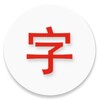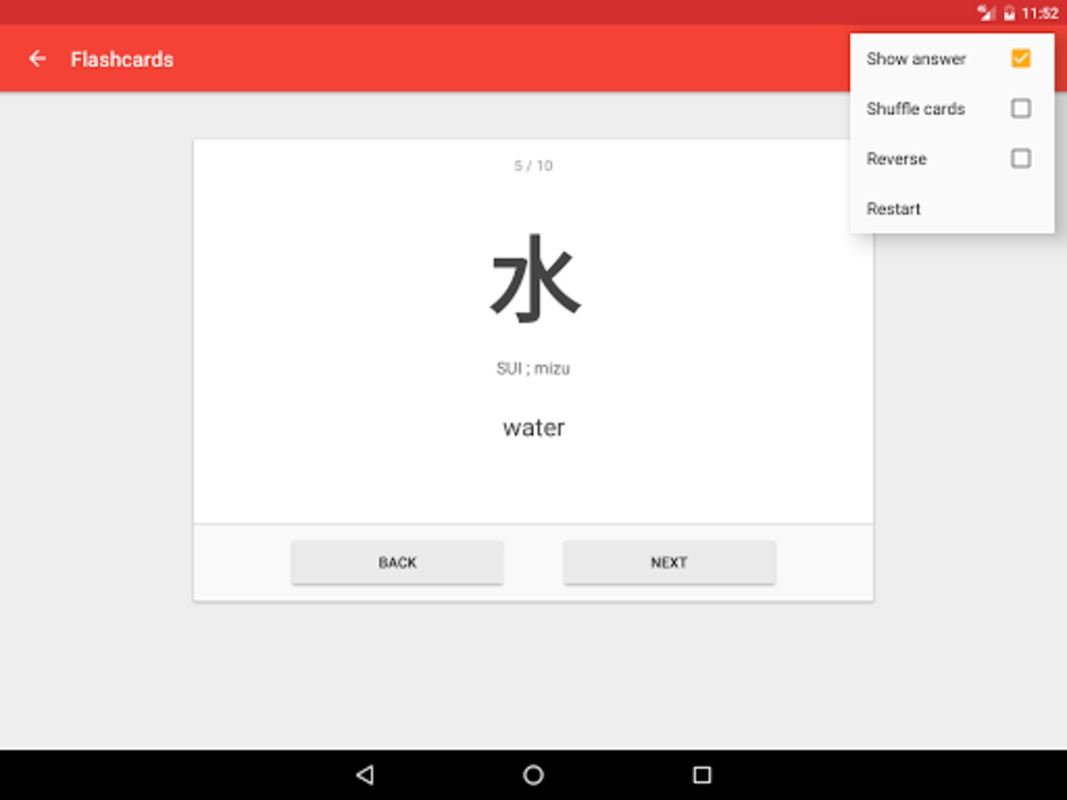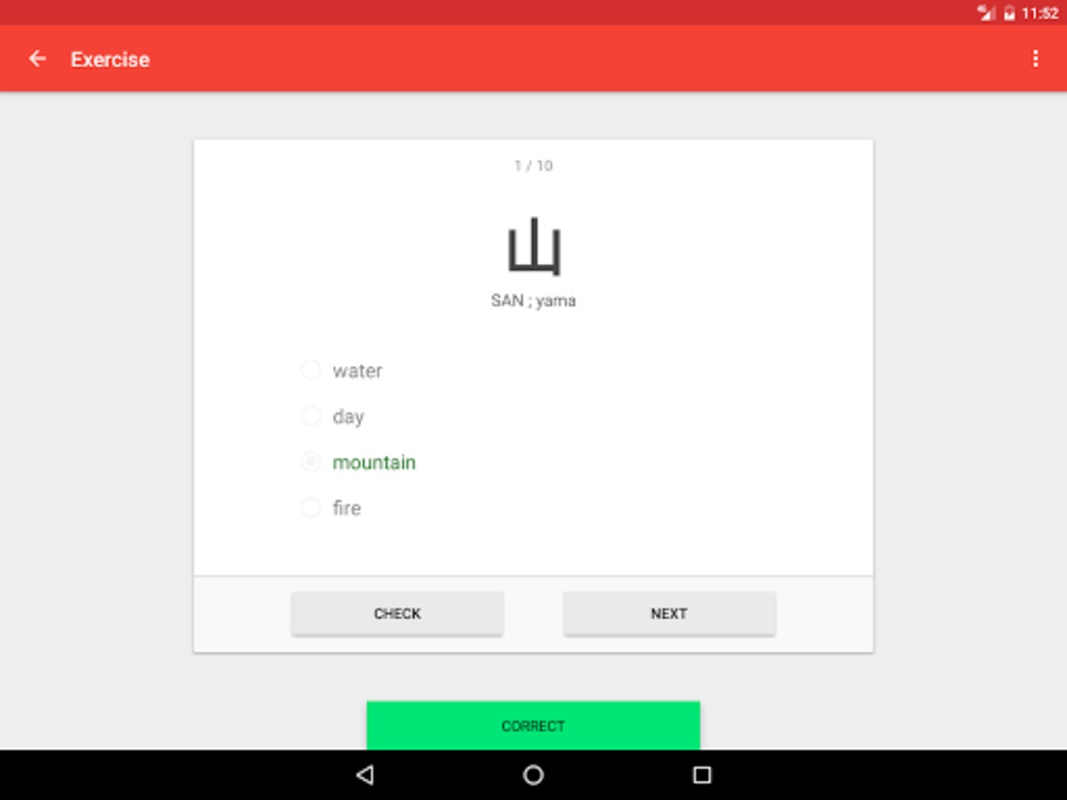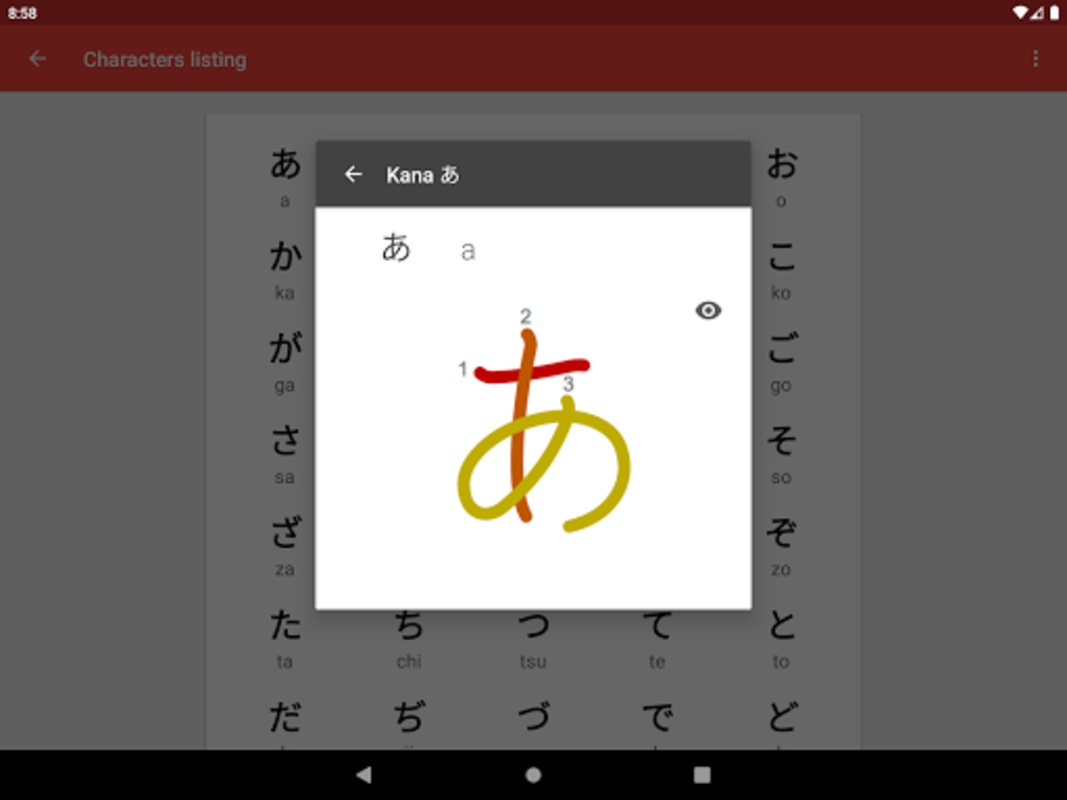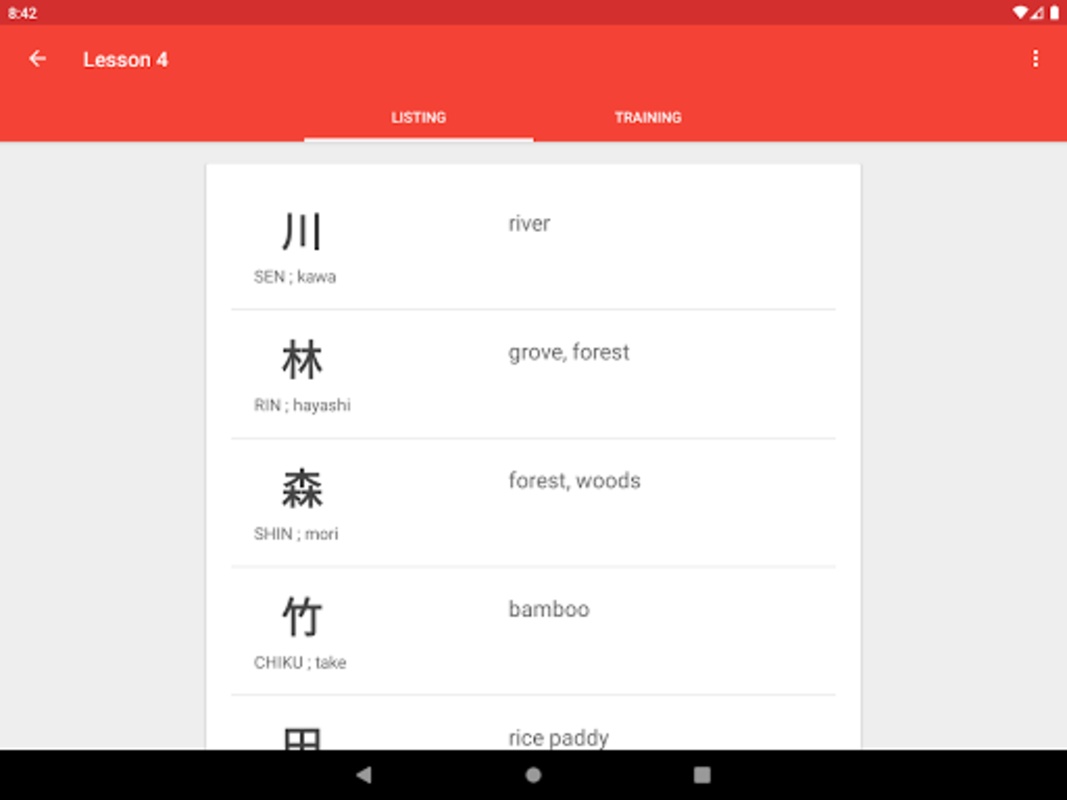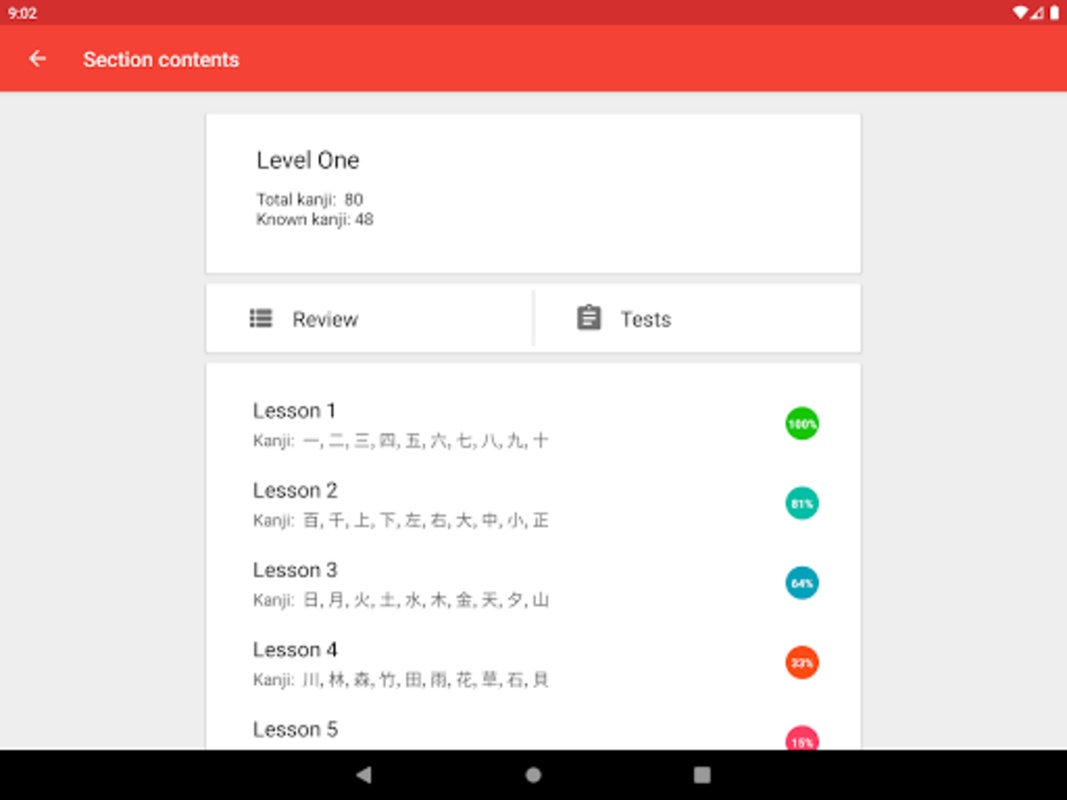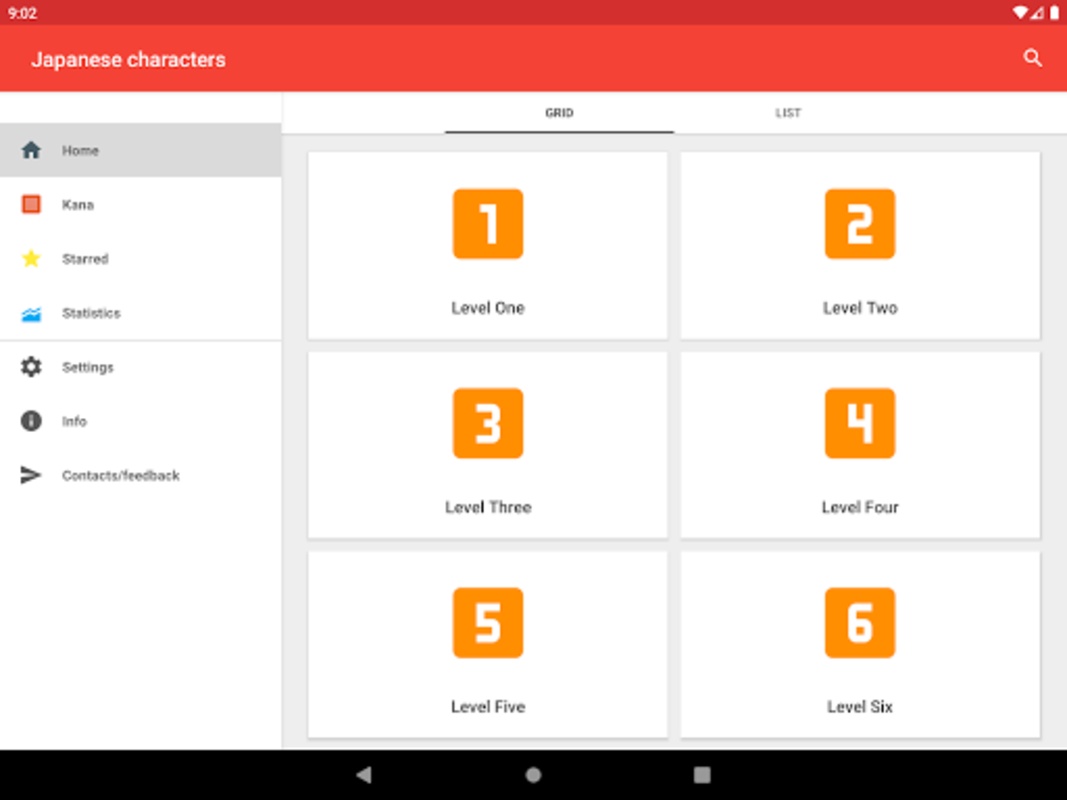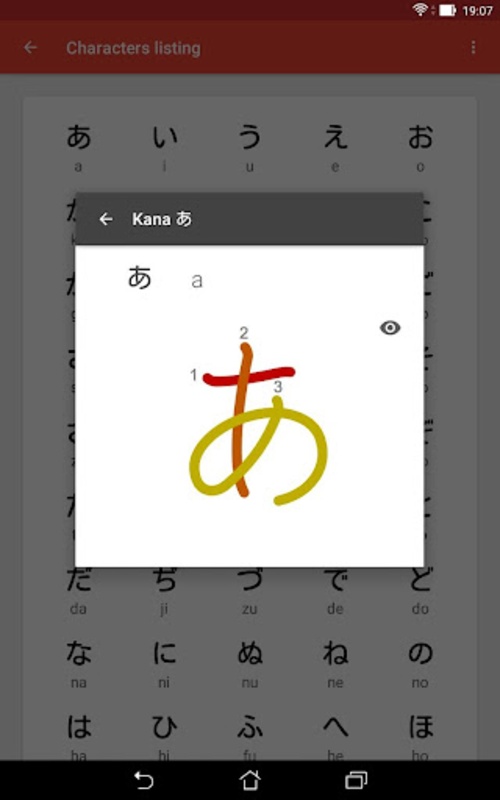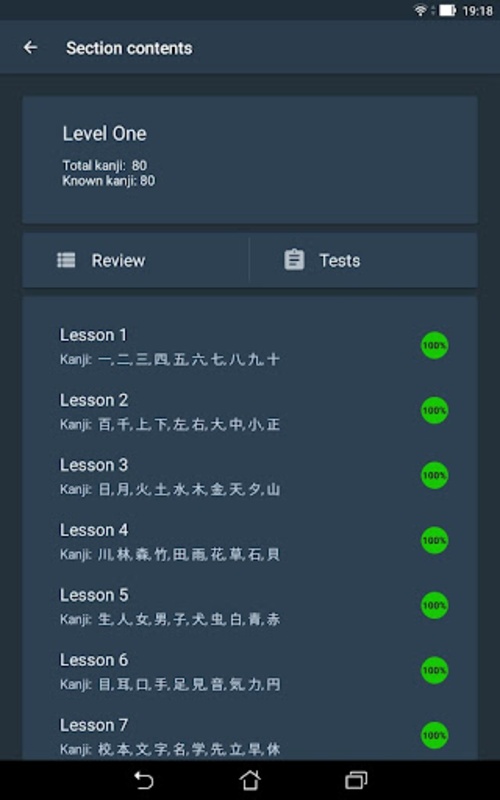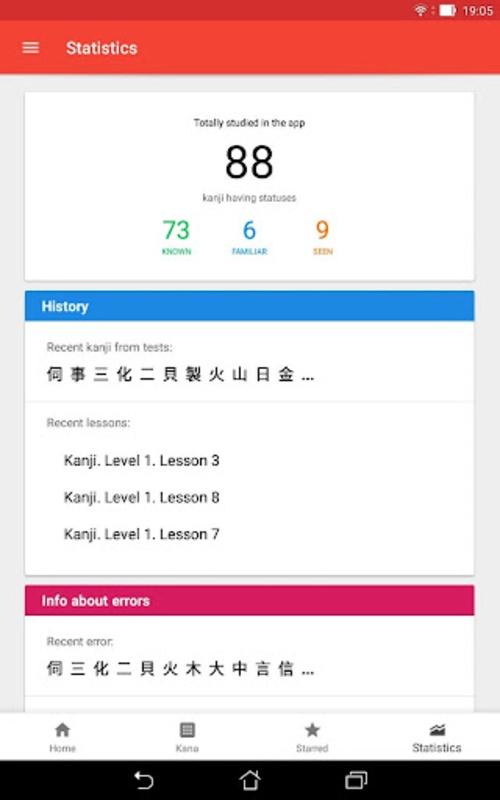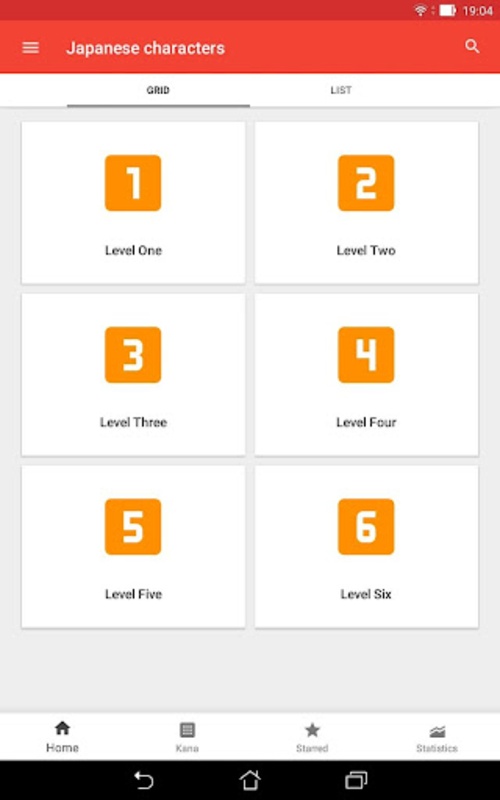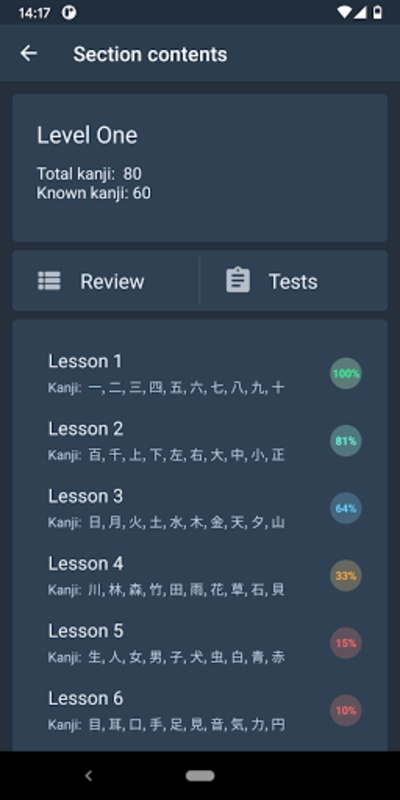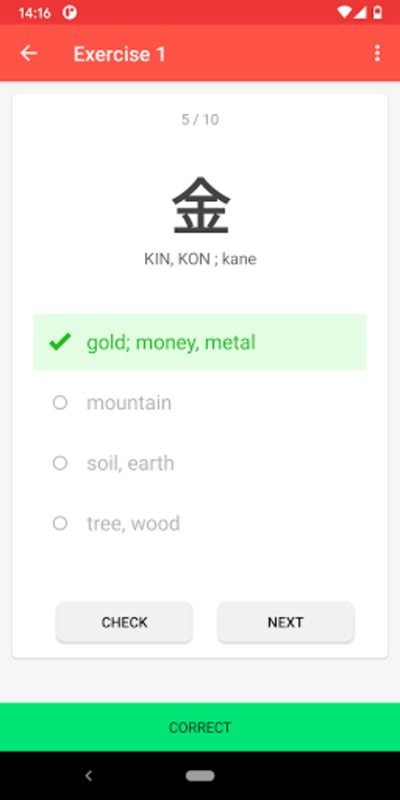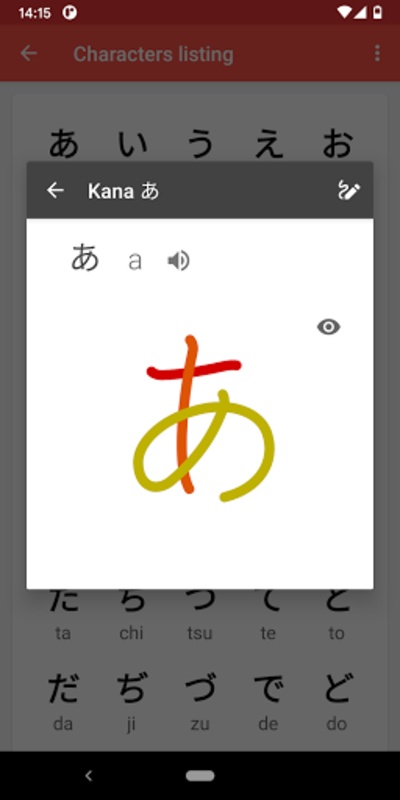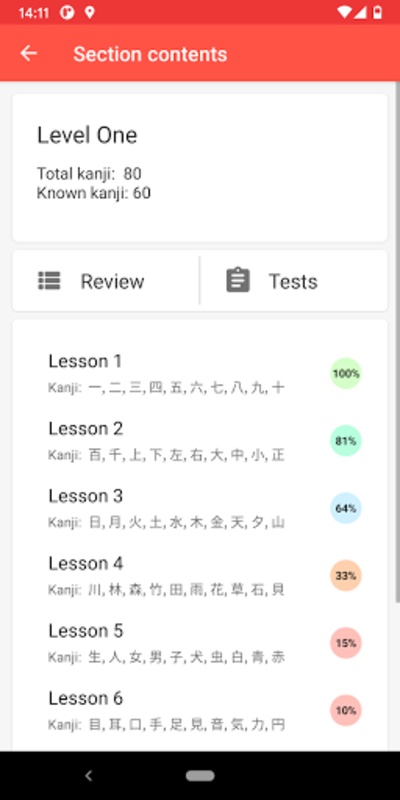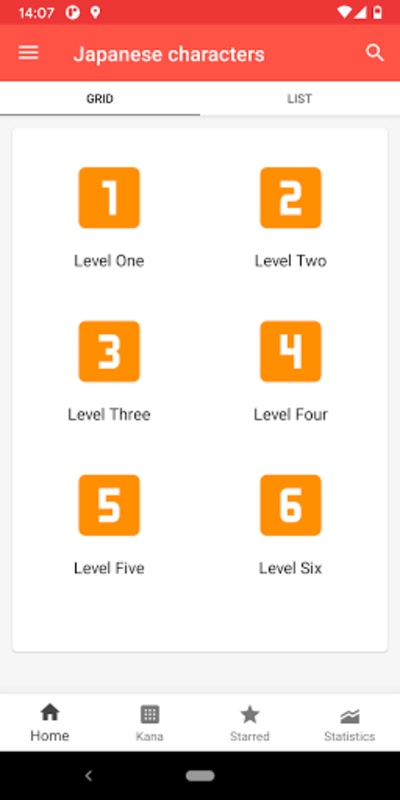Discover the essential tool for mastering the Japanese writing system – an application dedicated to the comprehensive learning of Japanese characters, especially kanji. These adopted Chinese characters form a crucial component of Japanese literacy. It streamlines your study process, enabling you to absorb the meanings and pronunciations of each character with ease.
Boasting a well-structured format, the game organizes kanji into six levels that mirror the Japanese educational curriculum, making progression natural and systematic. Lessons are bite-sized, with typically 10 characters, and composed of three parts: listings, exercises, and revision, ensuring a thorough understanding.
Mahjong
Overview
Mahjong is a tile-based game of Chinese origin that is played by four players. The game is played with a set of 144 tiles, which are divided into three suits: bamboos, characters, and circles. Each suit has nine tiles numbered from one to nine, as well as four bonus tiles known as winds (east, south, west, and north) and three bonus tiles known as dragons (red, green, and white).
Gameplay
The game begins with each player drawing 13 tiles. The players then take turns drawing and discarding tiles, trying to complete melds. A meld is a set of three or four tiles that are either all of the same number or all of the same suit.
There are four types of melds:
* Pong: A set of three identical tiles.
* Kong: A set of four identical tiles.
* Chow: A sequence of three tiles in the same suit.
* Eye: A pair of identical tiles.
Winning
The first player to complete four melds and a pair wins the game. The winner is awarded points based on the value of the tiles in their melds.
Variations
There are many different variations of mahjong, each with its own unique rules. Some of the most popular variations include:
* Japanese mahjong: The most popular variation of mahjong in Japan. It is played with a set of 136 tiles, which includes four bonus tiles known as flowers.
* Hong Kong mahjong: A variation of mahjong that is popular in Hong Kong. It is played with a set of 144 tiles, which includes four bonus tiles known as animals.
* American mahjong: A variation of mahjong that is popular in the United States. It is played with a set of 152 tiles, which includes four bonus tiles known as jokers.
Strategy
Mahjong is a game of skill and strategy. There are many different strategies that players can use to win, but some of the most important factors include:
* Tile management: Players must carefully manage their tiles to avoid giving away information to their opponents.
* Melding: Players must try to complete melds as quickly as possible to gain an advantage.
* Blocking: Players can block their opponents from completing melds by discarding tiles that they need.
* Bluffing: Players can bluff by pretending to have melds that they do not actually have.
Discover the essential tool for mastering the Japanese writing system – an application dedicated to the comprehensive learning of Japanese characters, especially kanji. These adopted Chinese characters form a crucial component of Japanese literacy. It streamlines your study process, enabling you to absorb the meanings and pronunciations of each character with ease.
Boasting a well-structured format, the game organizes kanji into six levels that mirror the Japanese educational curriculum, making progression natural and systematic. Lessons are bite-sized, with typically 10 characters, and composed of three parts: listings, exercises, and revision, ensuring a thorough understanding.
Mahjong
Overview
Mahjong is a tile-based game of Chinese origin that is played by four players. The game is played with a set of 144 tiles, which are divided into three suits: bamboos, characters, and circles. Each suit has nine tiles numbered from one to nine, as well as four bonus tiles known as winds (east, south, west, and north) and three bonus tiles known as dragons (red, green, and white).
Gameplay
The game begins with each player drawing 13 tiles. The players then take turns drawing and discarding tiles, trying to complete melds. A meld is a set of three or four tiles that are either all of the same number or all of the same suit.
There are four types of melds:
* Pong: A set of three identical tiles.
* Kong: A set of four identical tiles.
* Chow: A sequence of three tiles in the same suit.
* Eye: A pair of identical tiles.
Winning
The first player to complete four melds and a pair wins the game. The winner is awarded points based on the value of the tiles in their melds.
Variations
There are many different variations of mahjong, each with its own unique rules. Some of the most popular variations include:
* Japanese mahjong: The most popular variation of mahjong in Japan. It is played with a set of 136 tiles, which includes four bonus tiles known as flowers.
* Hong Kong mahjong: A variation of mahjong that is popular in Hong Kong. It is played with a set of 144 tiles, which includes four bonus tiles known as animals.
* American mahjong: A variation of mahjong that is popular in the United States. It is played with a set of 152 tiles, which includes four bonus tiles known as jokers.
Strategy
Mahjong is a game of skill and strategy. There are many different strategies that players can use to win, but some of the most important factors include:
* Tile management: Players must carefully manage their tiles to avoid giving away information to their opponents.
* Melding: Players must try to complete melds as quickly as possible to gain an advantage.
* Blocking: Players can block their opponents from completing melds by discarding tiles that they need.
* Bluffing: Players can bluff by pretending to have melds that they do not actually have.

